Ingrown nails are a fairly common problem, especially on the big toe. They develop when the edge of the nail presses or pierces the surrounding skin, resulting in inflammation and pain.
Several things can trigger this condition, such as the habit of cutting nails too short or rounded, repeated toe injuries (such as during sports), wearing shoes that are too tight, or infections in the nail area. Symptoms can be mild to disturbing, ranging from pain, redness, and swelling to discharge or pus, making walking difficult.
If the symptoms are still mild or moderate, usually the nail can be treated without surgery.
How? You can soak your feet in warm water, compress them, use anti-inflammatory or antibiotic ointments if there is an infection, and enhance your nail care and wear more comfortable shoes.
However, surgery may be needed if the condition is severe, recurring, or not improving. In most cases, the doctor will remove some or all of the problematic nail and the inflamed tissue.
Following the procedure, wound care is critical to ensuring rapid healing and a lack of infection. For example, keep the wound clean and dry, change the bandage regularly, and avoid excessive pressure on the toes for a few days.
Proper care can help nails grow healthier and prevent the same problem from recurring.
How to Care for Wounds After Nail Removal
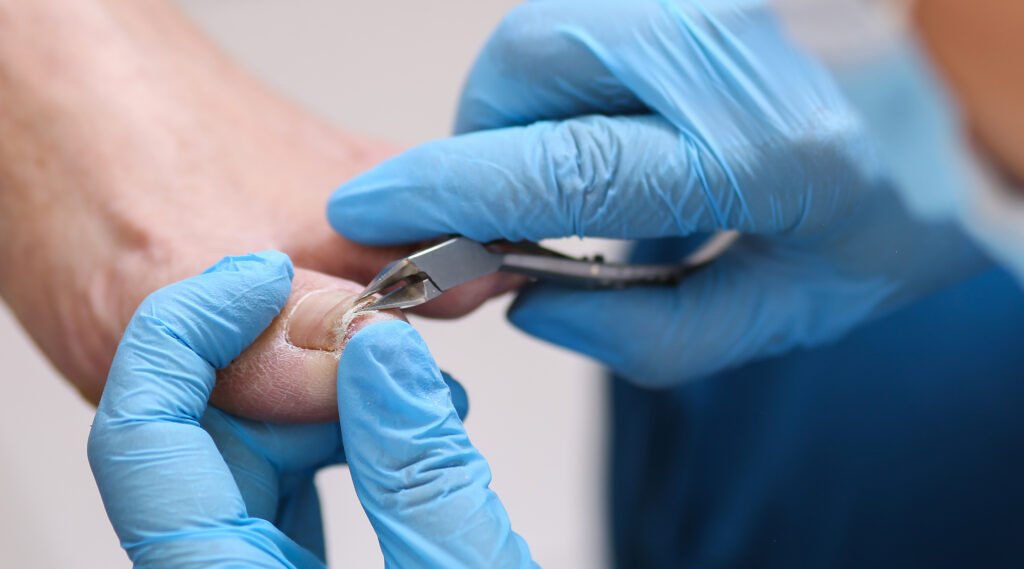
Post-nail removal care must be done correctly to ensure the wound heals fast and doesn’t become infected. Here are the steps you can follow:
- Clean the wound regularly.
Wash the wound area according to the doctor’s instructions, usually 1-2 times daily. To prevent infection, apply an antiseptic liquid, such as wund+™ Wound Spray, which contains hypochlorous acid.
- Apply a wound healing ointment.
Apply wund+™ Regeneration Cream to speed up healing and reduce inflammation.
- Change the bandage regularly.
Use a sterile bandage and change it daily (or as instructed by your healthcare provider) to keep the wound clean, moist, and germ-free.
- Reduce the pressure on your finger.
For the first few days, limit your walking and avoid wearing tight, closed shoes. Give your finger room to “breathe.
- Watch for signs of infection.
If the pain worsens, the swelling increases, the skin around it becomes redder, or pus appears, consult a doctor immediately!
Consistent care after nail removal is essential to prevent complications and help healthy nail growth.
Reference
Healthline. (2025). What These 8 Fingernail Signs Say About Your Health.
National Library of Medicine. (2025). Nail Health in Women.







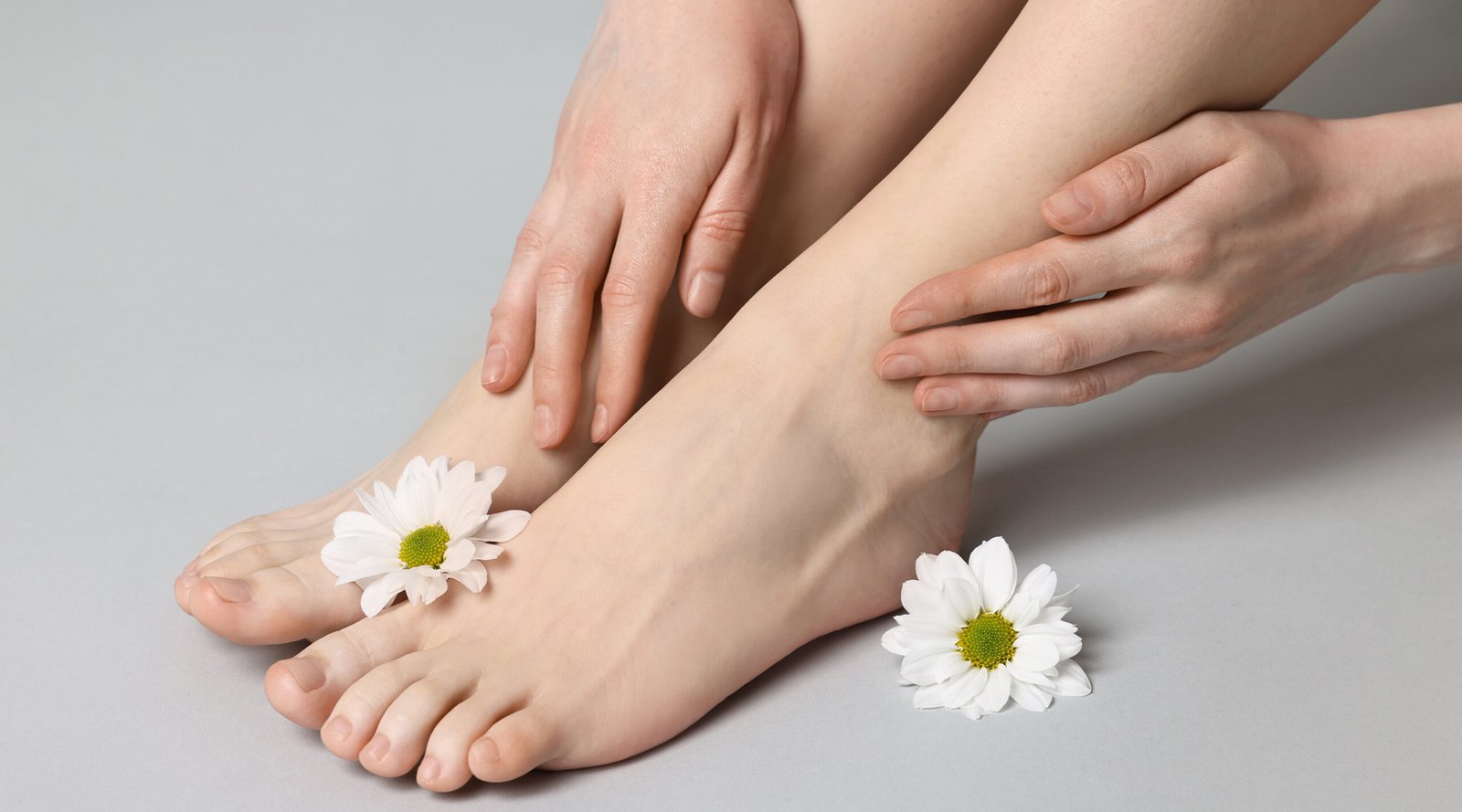
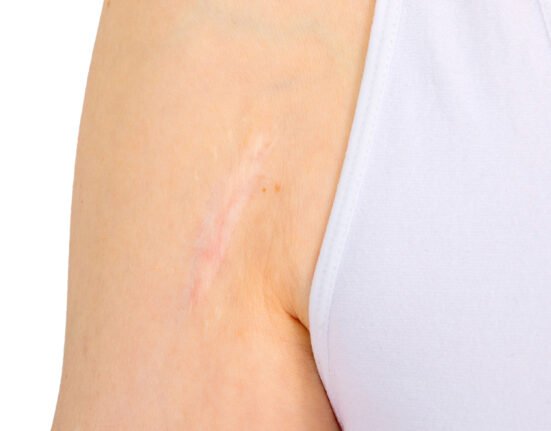
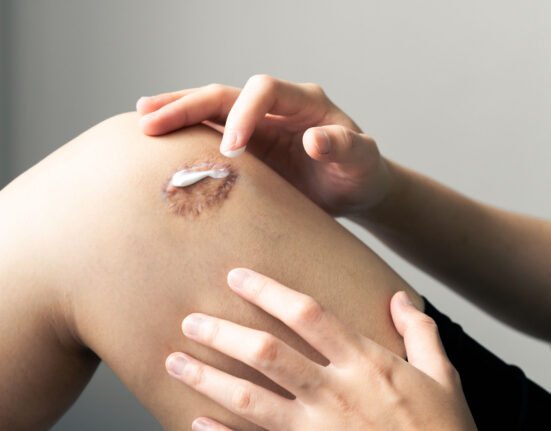
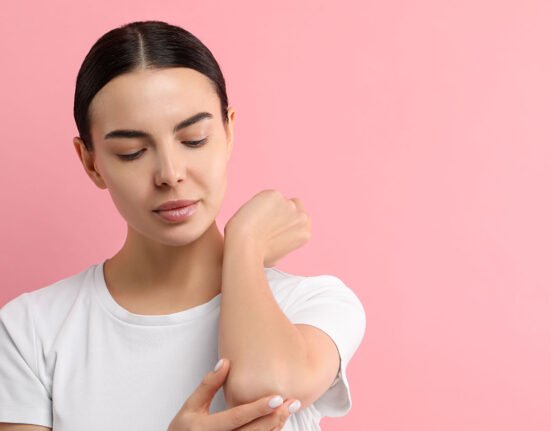



Leave feedback about this